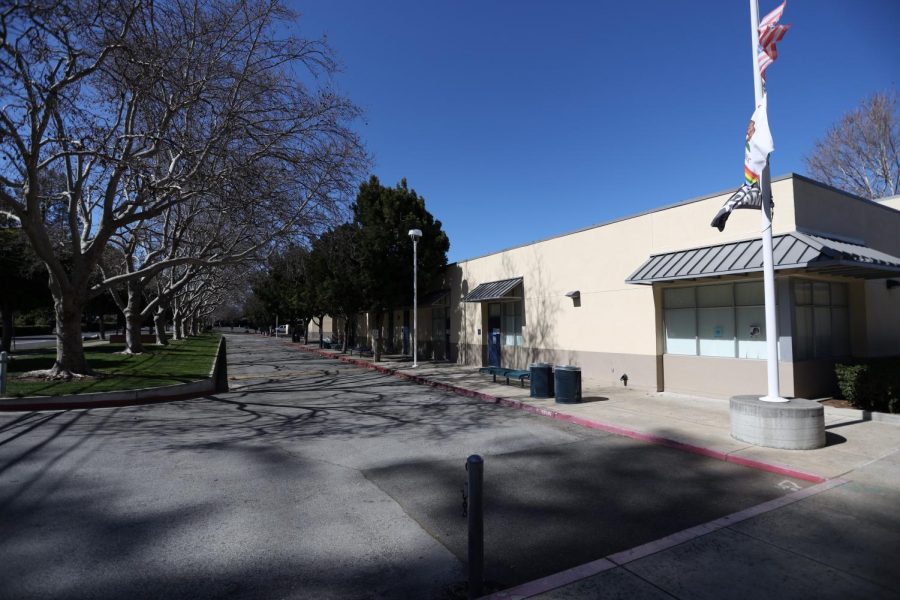The long-awaited hybrid learning plan is a solid bridge to returning to classrooms
Student return has been relatively successful so far, despite minor difficulties.
Just hours after the District announced its Stable Learning Group program on Monday, February 8, students took to Instagram to criticize the plan. Despite the plan’s various setbacks and issues, it definitely has benefits, from providing a quiet learning environment to fostering routine and allowing for in-person interactions.
The proposed plan presents a three-week schedule with groups of students from different grades alternating days and possibly times on campus, arranged into groups of 14 students per classroom with one adult. Notably, there will be no in-person instruction: Students will attend their current classes on Zoom from the classroom along with their peers at home.
Yes, it is disappointing to go all the way to school and sit in a classroom just to attend the same Zoom calls as students at home. Yes, the plan is strangely simple despite the literal months it took to create. And yes, this plan is certainly not viable for the long term by any means.
Like many of the people criticizing the learning plan, I am privileged to have a quiet space with reliable WiFi with which to attend class. However, the same is not true for many of my classmates. Noisy rooms, spotty internet connection and a myriad of other distractions are all obstacles that can easily be solved with the proposed learning plan. Though some students with low attendance and other issues with their learning space have already returned in cohorts, the opening of Stable Learning Groups gives all students the opportunity to seek a good learning environment.
Aside from affecting students learning, a distracting environment can further reduce the already-limited interaction between students and teachers on Zoom, which only lends to the overwhelming isolation of the pandemic.
The plan will allow for some interaction between students and a sense of normalcy. Though classrooms will not look the same as we’re used to, nor will the schedule or even lunch, Distance Learning Administrator Teri Faught maintains that pre-pandemic routines such as “students [picking out] their clothes the night before school or getting the experience of rushing to school on time” will remain the same. This is a welcome respite from the largely unstructured days many students experience whilst learning from home.
Though there are many benefits to the plan, there’s still a lot left to be desired. In the three-week “Phased-In Approach” schedule, students will go to school just once a week. This is a disappointingly low amount of in-person interaction which the District has touted as a major benefit of the plan.
Perhaps the biggest concern of all is the time it took to come up with this plan. After nearly a year of deliberation in hours of meetings, the product is disappointingly simple. If it took this long to come up with a “transitional” plan, how long will we have to wait for the long-promised hybrid learning plan?
Although the actual implementation of such learning plans are subject to the County’s COVID tiers, developing such plans are not. The District needs to continue to create a more permanent hybrid learning plan other than simply taking Zoom classes in the classroom so that when the time comes, implementation can be swift.
One concern raised by students is the issue of safety. This is an absolutely fair concern, and should be taken seriously. However, the District is following County guidelines for indoor gatherings, and students are not required to take part in the learning plan; the plan is such that students who choose not to attend in person will not miss any instruction since everyone will be attending the same classes online.
Despite the infrequency of in-person attendance, disappointment in continuing classes only on Zoom and the long wait, this plan is a step in the right direction for the District, and will hopefully eventually ensure a smooth transition to more permanent hybrid learning.





